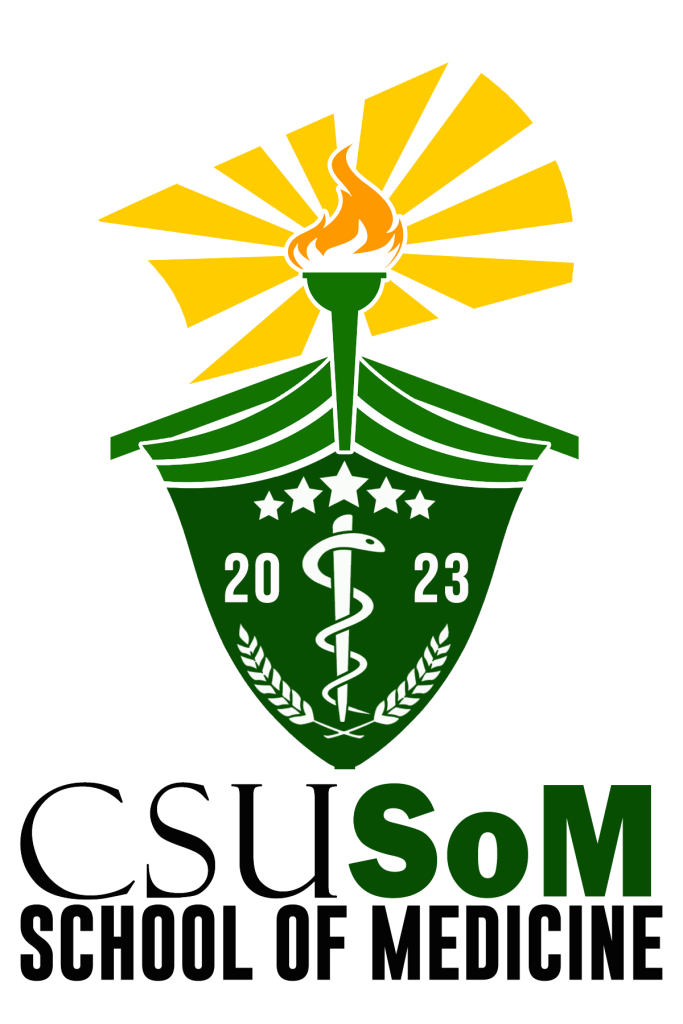Center for Health Research and Innovations in Medicine and BioEngineering (CHIME)
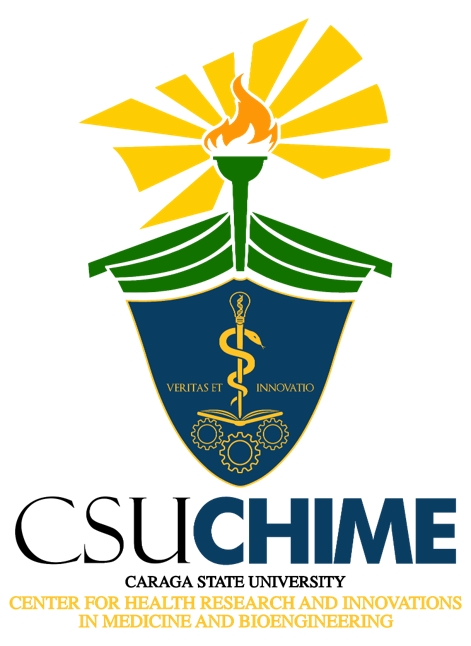
Official Seal
The DNA double helix signifies breakthroughs in genetic engineering and biotechnology.
The Rod of Asclepius is a serpent-entwined rod wielded by the Greek god Asclepius, a deity associated with healing and medicine. This is the inspiration of the said symbol as the rod of Asclepius is considered the universal symbol for the practice of the medical healthcare profession.
Three Interlocking Gears represent technology and engineering, as well as CSU’s three core values.
The light bulb stands for innovation and forward-thinking solutions.
The open book emphasizes the generation and application of empirical data.
The color Deep Cobalt Blue reflects trust, professionalism, and a commitment to scientific progress.
The color Vibrant Yellow symbolizes enlightenment, transparency, and dynamic energy.
Vision
A Center of Excellence in innovation and research fostering health systems development in the region and beyond.
Mission
To strengthen Caraga Region’s health systems by building the research skills and expertise of local health professionals and institutions, promoting culturally appropriate and community-driven health care through the use of indigenous resources, and encouraging innovation in health technologies and practices, piloting and adapting solutions to the region’s specific needs, including preparedness for emerging infections and climate-related risks, and scaling up successful initiatives to improve overall health outcomes and system resilience.
Goal
The goal of the Center for Health Research and Innovations in Medicine and Bio Engineering is to pave the way for more systematic and organized management of research agenda setting, project and business development, compliance to universal standards in research ethics and publication, streamlined partnerships, community engagements and relationships with funders and non-state actors.
Objectives
At the end of the program, the graduates should be able to:
- To produce relevant and locally responsive research and innovations in health and health-related disciplines.
- To foster collaborative and multi-disciplinary innovations in policy development, programs, products, technologies and advocacies for health, environment and social justice.
- To provide capacity-building opportunities for health professionals and institutions in the region and beyond to build specific capabilities needed to accelerate he realization of Universal Health Coverage (UHC).
- To support and strengthen research activities of the faculty and students and operationalize the SOM research agenda – THRIVE.
THRIVE Strategic Goals
A1. Conduct cutting-edge, community-engaged research on the social determinants of health and develop targeted interventions to improve health outcomes and reduce disparities in under-served populations.
A2. Foster authentic, reciprocal partnerships with community stakeholders to co-design and implement programs that empower marginalized groups and build durable pathways to equitable, culturally-responsive care.
A3. Prepare a diverse, socially-conscious healthcare workforce equipped with the knowledge, skills and commitment to advance health justice through inter-professional education and community-based training opportunities.
B1. Leverage digital health technologies and data science to enhance care delivery, improve population health monitoring, and drive discovery in priority research areas.
B2. Cultivate an entrepreneurial ecosystem that accelerates the translation of innovative solutions to critical healthcare challenges.
B3. Establish robust, multi-sector collaborations to secure necessary funding, policy support and infrastructure to scale impactful programs and drive systemic change.
C1. Expand clinical services, health education and outreach programming to under-served communities, with a focus on holistic, integrated approaches that address complex, interrelated health needs.
C2. Empower local leaders and organizations through training, technical assistance and resource-sharing to strengthen community capacity for health promotion and disease prevention.
C3. Advocate for health-supportive policies and equitable allocation of public and private resources to systematically dismantle barriers to well-being.
D1. Implement targeted, evidence-based interventions to address priority public health issues (e.g., substance use, mental health, chronic disease) and mitigate associated risks.
D2. Invest in longtudinal, community-centered research to identify emerging health threats and design proactive, population-level solutions.
D3. Facilitate cross-sector collaborations to advance health-promoting initiatives that address the social determinants of health and build community resilience.
E1. Conduct multidisciplinary research to elucidate the mechanisms, epidemiology, and socio-behavioral factors underlying the emergence, transmission, and impact of novel pathogens.
E2. Develop innovative, context-appropriate strategies and technologies to strengthen pandemic preparedness, rapid response, and resilient recovery at the community level.
E3. Advocate for policies and infrastructure investments that bolster public health emergency management systems and enhance global health security.
Key Services
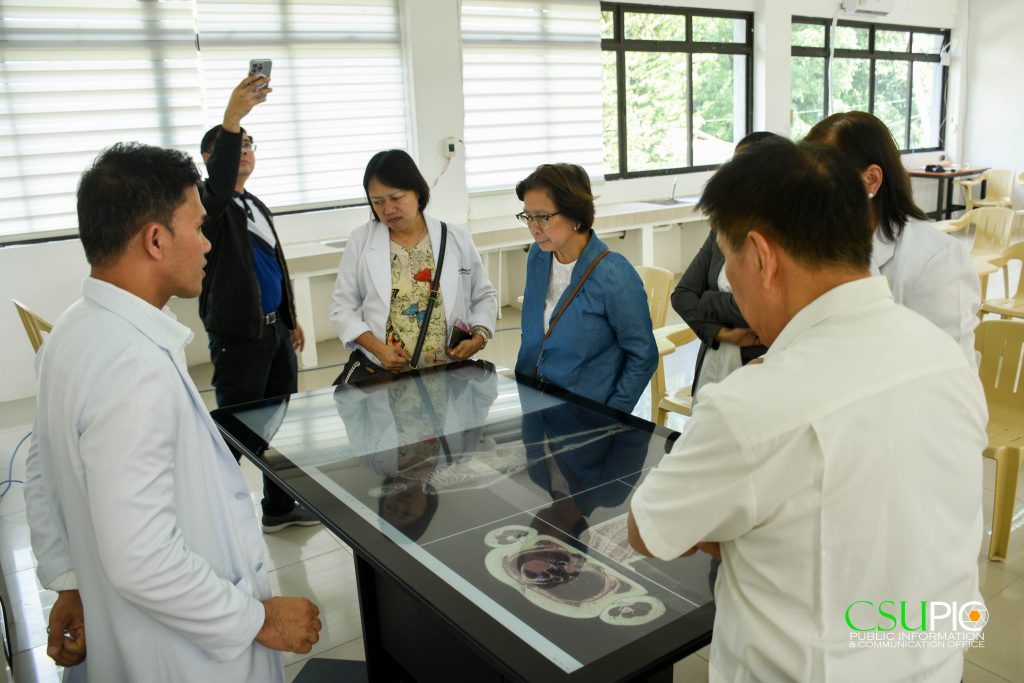
Research Capacity and Support Services
- Capacity-building on research
- Research Management
- Ethics Review/Clearance
- Data Management
- Writing and Publication Support
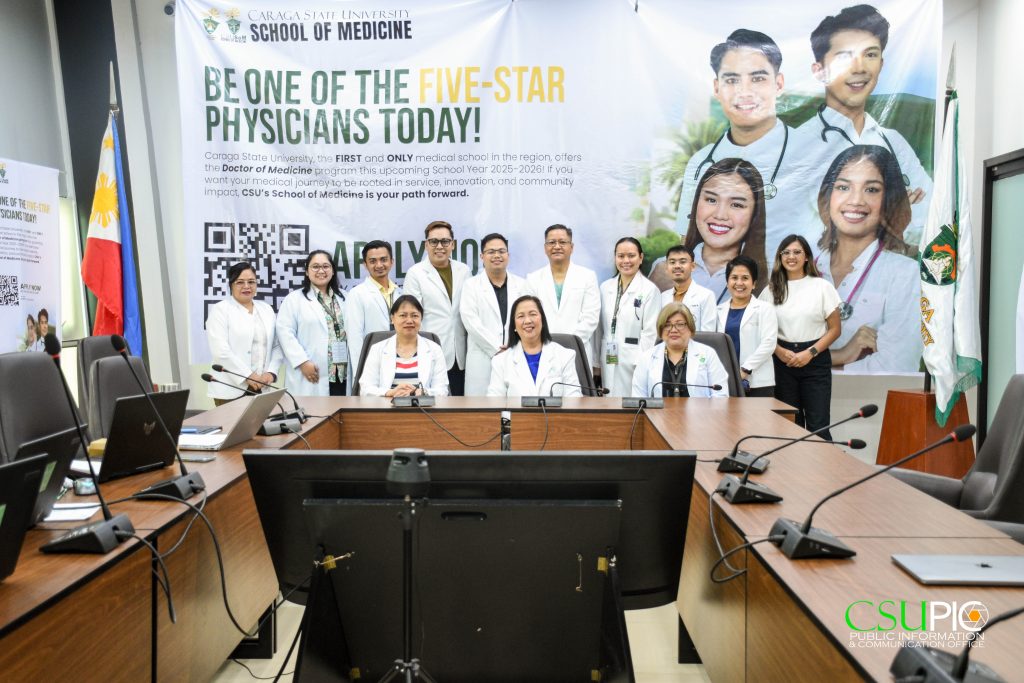
Partnership Management, Community Engagement and Advocacies
- Engagement of non-state actors for Health Policy and Action (private-sector and CSO engagement)
- Market Research and Commercialization
- Policy and Health Action Advocacies
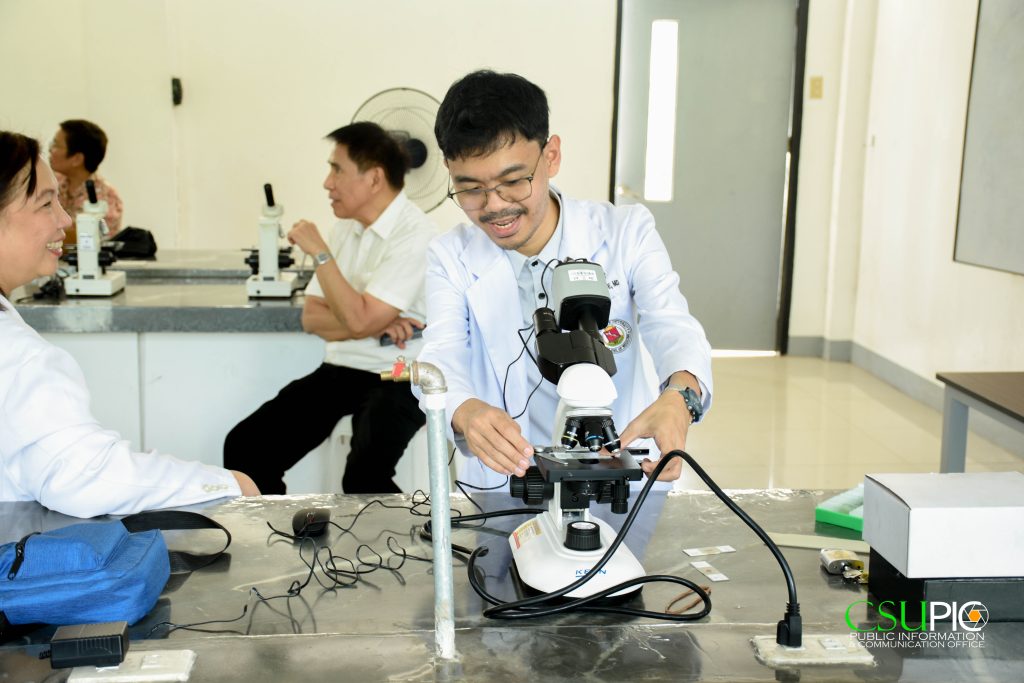
Innovations and Technologies in Health
- Digital Health Solutions
- Telemedicine and Tele-health systems
- Innovative Health Technology and Products
Implementation Strategies
Institutional Support
Establish a Research Center within SOM to coordinate agenda implementation.
Funding and Grants
Secure internal and external funding for priority research areas.
Partnerships
Foster collaboration with LGUs, DOH, CHED, NGOs, and international institutions.
Knowledge Translation
Develop mechanisms to translate research into policy and practice.
Monitoring and Evaluation
Implement a results-based M&E framework to track progress and impat.
Research Priority Areas
Community - Based and Locally Responsive Health Research
Generate evidence-based, culturally appropriate solutions to regional health concerns.
- Indigenous and rural health practice
- Access to and utilization of primary care services
- Maternal, child, and adolescent health
- Nutrition and food security
- Non-communicable and communicable/infectious diseases
Climate Change, Environment, and Health Systems Resilience
Enhance the region’s capacity to respond to environmental health threats
and climate-related risks.
- Capacities and utilization of One Health approach
- Climate-resilient health infrastructure
- Disaster preparedness and public health emergency response
- Water, sanitation and hygiene (WASH)
- Vector-borne and climate-sensitive diseases
Health Innovation and Technology Integration
Pilot and scale health technologies tailored to the needs of remote and
under-served communities.
- Tele-health and mobile health innovations
- Digital health literacy
- Health data systems and analytics
- Locally developed medical devices and tools
Equity, Social Justice, and Health Policy Research
Inform inclusive health policies and programs that address the social
determinants of health.
- Access and equity in healthcare delivery
- Health financing and UHC models
- Health of indigenous peoples and marginalized sectors
- Gender and health disparities
Building and Health Workforce Development
Strengthen the capabilities of future and current health professionals to
lead health system transformation.
- Faculty and student research support
- Inter-professional education and practice
- Continuing education for rural health workers
- Leadership in health systems governance


